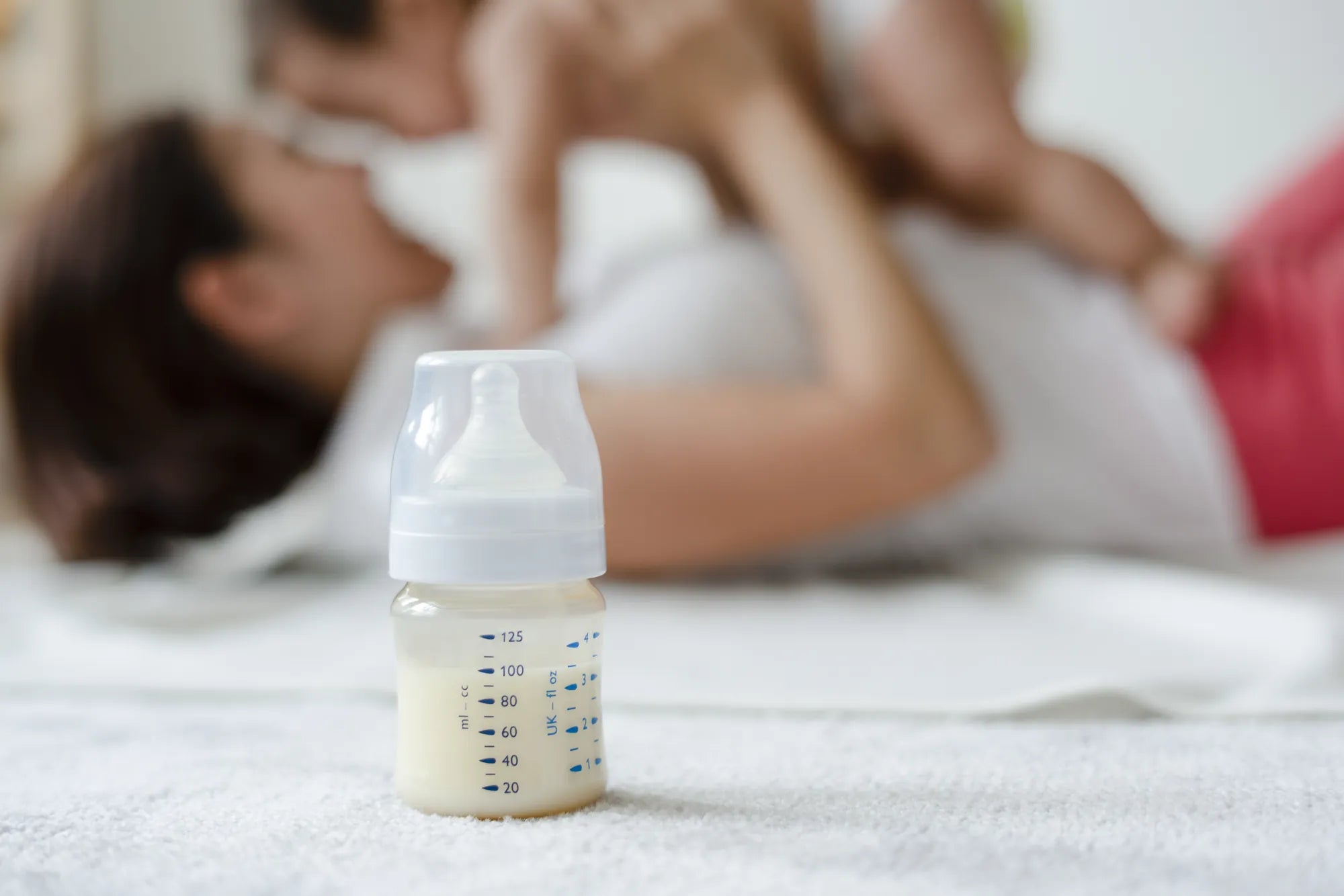Home
Pregnancy, Breastfeeding, and Pumping: The Ultimate Guide for Moms
How Long Do You Have to Pump Breast Milk: A Comprehensive Guide

How Long Do You Have to Pump Breast Milk: A Comprehensive Guide
Breastfeeding is a journey filled with questions, and one of the most common is: how long do you have to pump breast milk? Whether you're a new mom or an experienced one, understanding the nuances of pumping can make a significant difference in your breastfeeding experience. This article will delve into the factors that influence pumping duration, tips for efficient pumping, and how to store your milk safely.
Factors Influencing Pumping Duration
The amount of time you need to pump breast milk can vary based on several factors. These include your baby's age, your milk supply, and your pumping schedule. For instance, newborns typically require more frequent feedings, which might necessitate more frequent pumping sessions. On the other hand, older babies may feed less often, allowing for longer intervals between pumping.
Understanding Your Milk Supply
Your milk supply plays a crucial role in determining how long you need to pump. If you have an abundant supply, you might find that shorter pumping sessions are sufficient. Conversely, if you're struggling with low milk supply, longer or more frequent pumping sessions may be necessary to stimulate milk production.
Pumping Schedule and Duration
Creating a consistent pumping schedule can help regulate your milk supply. Most experts recommend pumping for about 15-20 minutes per session. However, this can vary depending on your individual needs. Some mothers may find that they need to pump for longer periods to fully empty their breasts, while others may achieve the same results in less time.
Tips for Efficient Pumping
Efficiency is key when it comes to pumping breast milk. Here are some tips to help you make the most of your pumping sessions:
- Ensure that your pump is properly fitted to your body to maximize milk extraction.
- Use a hands-free pumping bra to allow for multitasking during your sessions.
- Stay hydrated and maintain a healthy diet to support milk production.
- Relax and create a comfortable environment to stimulate let-down.
Storing Pumped Breast Milk
Proper storage of pumped breast milk is essential to maintain its quality and safety. Freshly pumped milk can be stored at room temperature for up to 4 hours, in the refrigerator for up to 4 days, and in the freezer for up to 6 months. Always use clean, sterilized containers and label them with the date and time of pumping.
Common Challenges and Solutions
Many mothers face challenges when it comes to pumping breast milk. Common issues include low milk supply, discomfort, and difficulty finding time to pump. Addressing these challenges often requires a combination of strategies, such as adjusting your pumping schedule, seeking support from a lactation consultant, and making lifestyle changes to accommodate your pumping needs.
Balancing Pumping and Breastfeeding
For mothers who both breastfeed and pump, finding a balance can be tricky. It's important to ensure that your baby is getting enough milk while also maintaining your pumping routine. This might involve pumping after breastfeeding sessions or during times when your baby is sleeping. Listening to your body and your baby's needs is crucial in finding the right balance.
Long-Term Pumping Considerations
If you plan to pump breast milk for an extended period, it's important to consider the long-term implications. This includes the impact on your milk supply, your physical and emotional well-being, and your baby's nutritional needs. Regular check-ins with a healthcare provider can help ensure that both you and your baby are thriving.
Understanding how long you have to pump breast milk is just one piece of the breastfeeding puzzle. By considering the factors that influence pumping duration, implementing efficient pumping strategies, and addressing common challenges, you can create a pumping routine that works for you and your baby. Remember, every mother's journey is unique, and finding what works best for you is key to a successful breastfeeding experience.
Share


